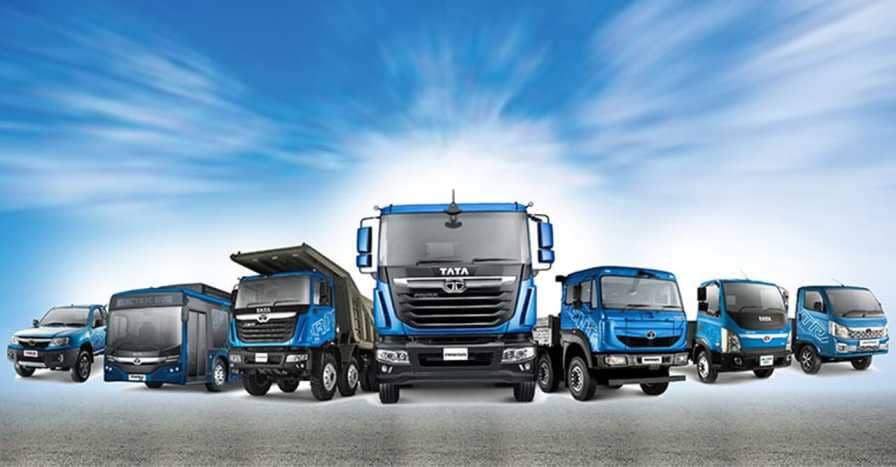In the latest budget of 2024-25, the government of India announced an infrastructure capital expenditure of Rs 11.11 lakh crore to propel the commercial vehicle industry growth in the country.

Key Highlights
- In order to stimulate infrastructure growth and enable the Indian commercial vehicle industry and its ecosystem to provide customers with cutting-edge products, the Indian government has announced an infrastructure capex of Rs 11.11 lakh crore.
- The provision of Rs 10 lakh crore for housing in urban and rural areas may serve as an additional catalyst for the expansion of the commercial vehicle industry.
- The government boosted funding for the Electric Mobility Promotion Scheme (EMPS) to Rs 778 crore and extended it by two months, to September 30, 2024.
The recent union budget 2024-25 set a visionary path for the country’s economic development to become India a formidable economic powerhouse and developed economy by 2047. With the theme of ‘Next Generation Reforms’, the latest budget 2024 addressed some short-term needs while keeping an eye on the long-term goals.

Against this backdrop, the central government has kept an infrastructure capex (capital expenditure) of Rs 11.11 lakh crore to boost infrastructure growth which will allow the Indian commercial vehicle industry and its ecosystem to bring innovative products for customers. This will give an opportunity for OEMs (original equipment manufacturers) to produce and sell more.
Role Of Infrastructure Capex In Commercial Vehicle Industry
The capital expenditure of Rs 11.11 lakh crore towards infrastructure development indicates the right intent of the Indian government to boost not only infrastructure growth but also the commercial vehicle industry. With rising infrastructure development, the demand for commercial vehicles like tippers, tractor-trailers, and bulkers will be increased.
If freight corridors like Amritsar-Kolkata covering the eastern parts of the country are built durably, commercial transportation across the country will be seamless, helping to propel the logistics sector. The allocation of Rs 10 lakh crore towards urban and rural housing can be another driving factor for commercial vehicle industrial growth.
Union Budget 2024-25 For Commercial Vehicle Industry
The union budget 2024-25 indirectly covered multiple aspects of the industry including the electric commercial vehicle segment. With a long-term vision to secure an adequate supply of essential minerals used in battery-powered vehicles, the critical mineral mission is launched. Under this mission, the customs duty is waived on 25 critical minerals like lithium, copper, cobalt, and nickel used in making automotive batteries.
However, the most-awaited FAME III scheme is not mentioned in the budget but the government extended the EMPS (Electric Mobility Promotion Scheme) by 2 months to September 30, 2024, with an increased fund of Rs 778 crore. It will incentivise the electric 3-wheelers, 2-wheelers, and e-rickshaws.
There is always a discussion about the skill gap present in different sectors like the automotive sector. The announcement by the Indian government about skilling 20 lakh youth over the next five years, upgrading facilities at 1000 ITIs (Industrial Training Institutes), and opening internship opportunities for one crore youth in top 500 companies are welcome steps to transform the manufacturing sector.
Bottomline
With the massive infrastructure capital expenditure, it is expected that the construction, mining, and long haulage sectors will gain a boost. This will grow the heavy commercial vehicle segments like tippers and trailers. The extension of the EMPS subsidy scheme will help the electric three-wheelers and e-rickshaws to promote sustainable mobility.


 TRUCK COLLECTION
TRUCK COLLECTION

 DREAM CAR
DREAM CAR
 Two Wheeler
Two Wheeler

